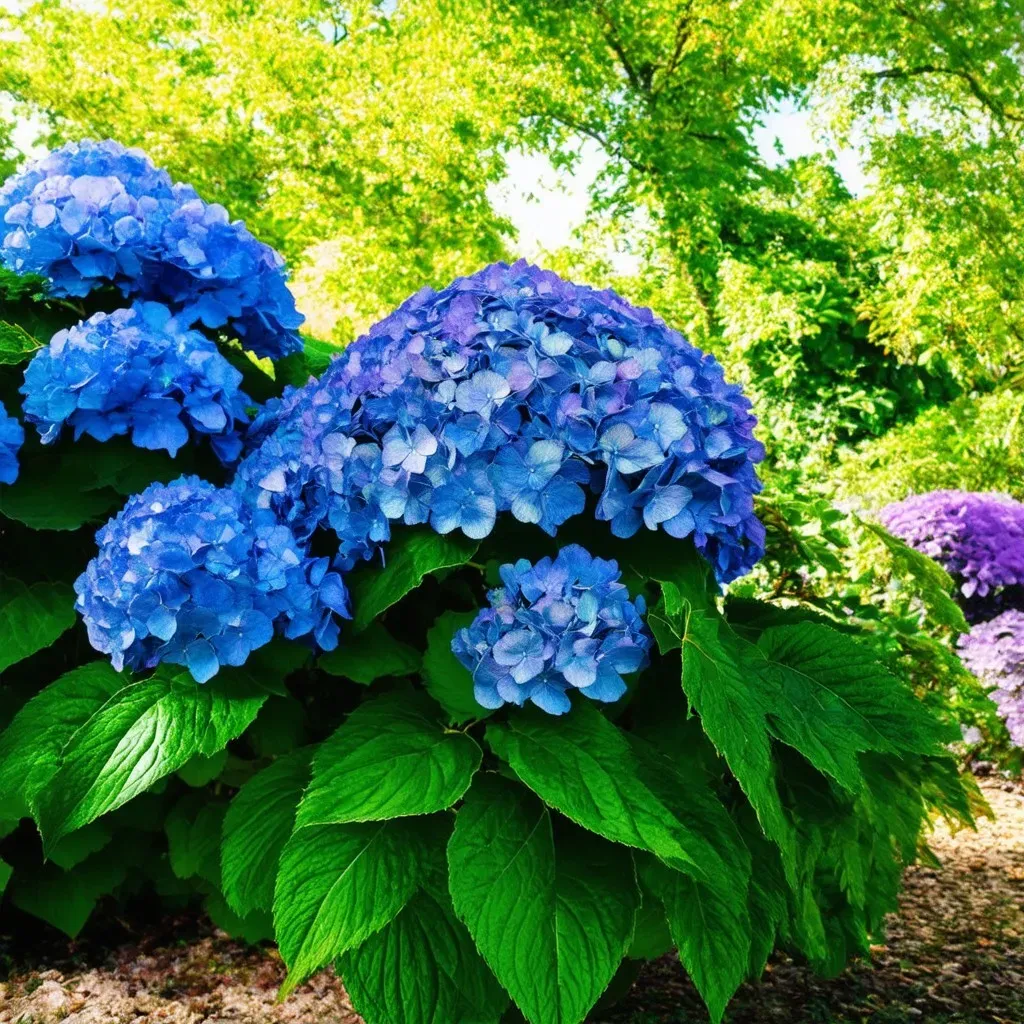Are hydrangeas acid loving plants? Yes, hydrangeas generally thrive in slightly acidic to neutral soil with a pH of 5.5 to 6.5. However, some varieties are particularly fond of more acidic conditions. This preference for soil pH is crucial, as it influences not only the growth but also the spectacular color of hydrangea blooms.
Hydrangeas are well-known for their stunning blooms, which can range from vibrant blue to soft pink, depending significantly on the soil’s pH level. By adjusting the pH of the soil, gardeners can manipulate flower color, making these plants not only beautiful but also versatile in garden design. For instance, lower pH levels typically lead to blue blooms, while higher levels yield pink flowers. Such features make hydrangeas a favorite among garden enthusiasts.
Understanding Soil pH and Hydrangeas
Soil pH is a measure of acidity or alkalinity in soil. It has a scale ranging from 0 to 14, with 7 being neutral. Anything below 7 is considered acidic, while values above 7 are alkaline. Hydrangeas prefer a soil pH range of 5.5 to 6.5, as shown in the table below:
| Flower Color | Soil pH Level | Recommended Action |
|---|---|---|
| Blue | 5.5 – 6.5 | Acidify soil with sulfur |
| Pink | 6.5 – 7.0 | Add lime to raise pH |
| Purple | 6.0 – 6.5 | Balance both elements |
How to Adjust Soil pH for Hydrangeas
If you want to create the perfect environment for these acid-loving plants, follow these tips for adjusting the soil’s pH:
- Test Your Soil: Begin by testing the soil pH using a soil testing kit, which can be found at garden centers.
-
Acidifying Agents: To lower the pH and make the soil more acidic, consider adding:
- Peat Moss: This organic material is not only a great acidifier but also retains moisture.
- Pine Bark: AnOther organic amendment that can lower soil pH gradually.
- Vinegar or Citric Acid: These can be effective for quick fixes.
- Fertilization: Use acid-based fertilizers (NPK ratios like 8-4-4) to support hydrangea health while simultaneously maintaining low soil pH levels.
- Mulching: Using acidic organic mulches such as pine needles can help maintain soil acidity over time.
FAQs About Hydrangeas and Soil Acidity
1. How often should I test the soil pH for my hydrangeas?
Testing the soil pH every spring and fall is advisable. This ensures that you can maintain the right conditions for your hydrangeas throughout the growing season.
2. Can I grow hydrangeas in alkaline soil?
Yes, but they will likely produce pink flowers rather than blue. If you prefer blue blooms, you’ll need to lower the pH.
3. What type of hydrangeas prefer acidic soil?
The most well-known acid-loving hydrangea is the hydrangea macrophylla (Bigleaf hydrangea), which exhibits dramatic color changes based on soil pH.
4. Can I change the flower color on a single hydrangea plant?
Yes! If you maintain different soil pH levels (using different soil amendments) for parts of the same plant, it’s possible to achieve varying bloom colors on the same hydrangea.
Implementing Best Practices for Hydrangea Longevity
Hydrangeas not only require specific pH levels but they also thrive on good overall care practices, including:
- Watering: Hydrangeas prefer consistent moisture. Ensure that you water them regularly while avoiding waterlogged conditions.
- Sunlight: Most hydrangeas grow best in partial shade to full sun. Typically, 4-6 hours of sunlight daily is ideal.
- Pruning: Pruning should be done after flowering to maintain size and health.
Common Hydrangea Varieties and Their Preferences
| Hydrangea Variety | Preferred Soil Type | Flower Color Range |
|---|---|---|
| Hydrangea macrophylla | Acidic to neutral (5.5-6.5) | Blue to pink, depending on pH |
| Hydrangea paniculata | Neutral to alkaline (6.0-7.0) | White initially, maturing to pink |
| Hydrangea arborescens | Neutral to slightly acidic (6.0-7.0) | White, often remaining consistent regardless of pH |
Additional Tips for Thriving Hydrangeas
- Soil Amendments: Incorporate organic materials like compost to provide nutrients while maintaining soil structure.
- Observation: Watch how your plants react to your adjustments. If you are not seeing desired outcomes, it may be time to revisit soil amendments or pH testing.

For more expert advice on the specific needs and care for hydrangeas, visit hydrangea love.
Conclusion
With diligent care and proper soil adjustments, you can enjoy vibrant hydrangea blooms year after year. Whether you wish to cultivate stunning blue flowers or gorgeous pink ones, understanding the soil pH and how it


